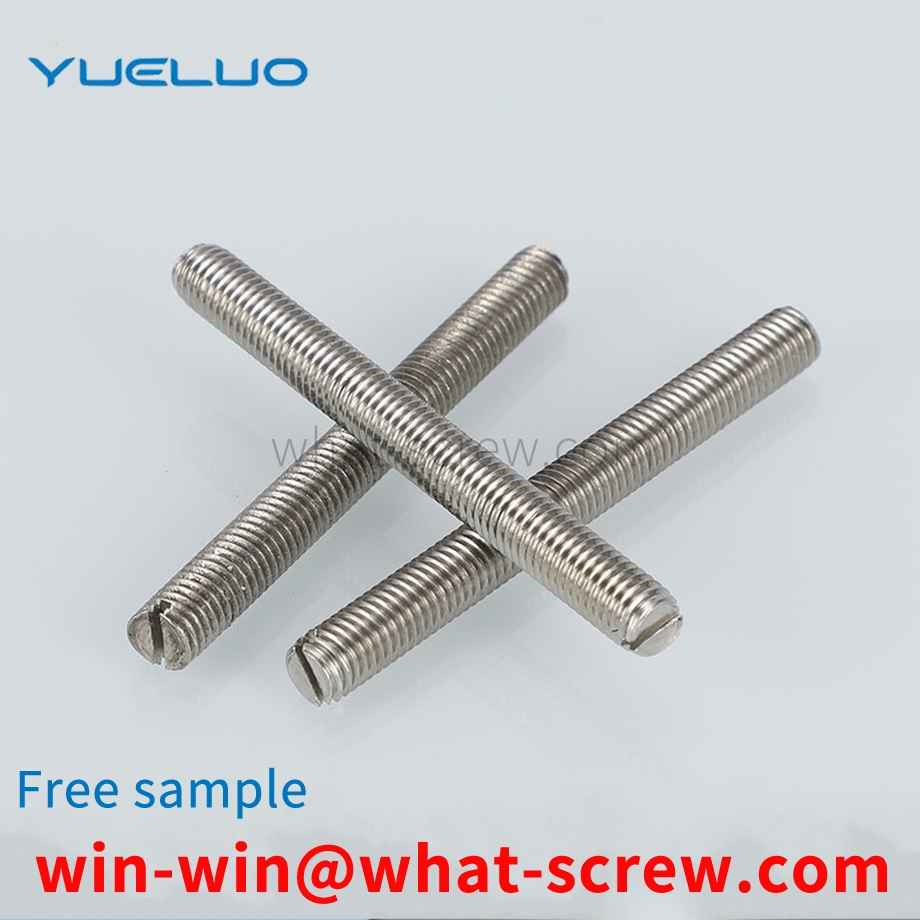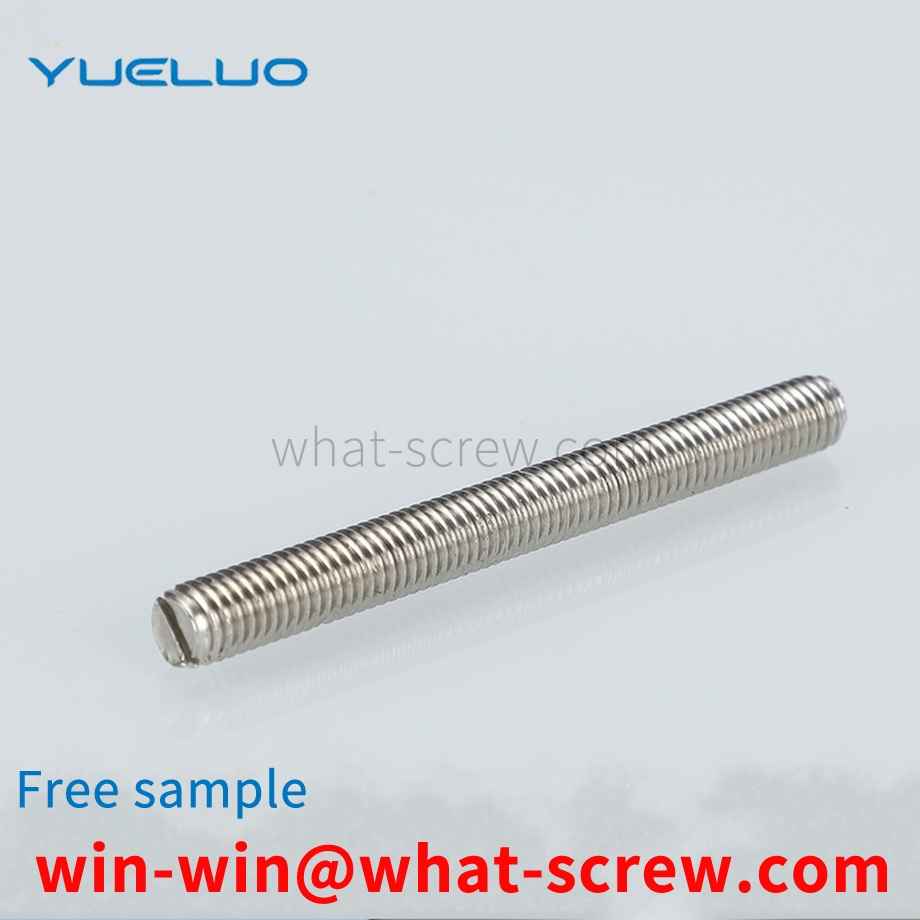As a standard part, it should have its own general specifications. For hexagonal nuts, the commonly used standards are: GB52, GB6170, GB6172 and DIN934. The main differences between them are: GB6170 is thicker than GB52, GB6172 and DIN934. Thick from DIN934, commonly known as thick nut. The other is the difference between the opposite sides, the opposite sides of DIN934, GB6170 and GB6172 in the M8 nut series are 13MM smaller than the opposite side 14MM of GB52, and the opposite sides of M10 nuts, DIN934 and GB52 are 17MM. The opposite side of GB6170 and GB6172 should be 1MM larger, M12 nut, DIN934, GB52's opposite side is 19MM larger than GB6170 and GB6172's opposite side 18MM is 1MM larger. For M14 nuts, the opposite side of DIN934 and GB52 is 22MM, which is 1MM larger than the opposite side of GB6170 and GB6172, which is 21MM. The other is the M22 nut. The opposite side of DIN934 and GB52 is 32MM, which is 2MM smaller than the opposite side of GB6170 and GB6172, which is 34MM. (Besides the thickness of GB6170 and GB6172 are the same, the width of the opposite side is exactly the same) The rest of the specifications can be used in general without considering the thickness.
The difference between high-strength bolt friction type and pressure-bearing type connection: High-strength bolt high-strength bolt connection is to clamp the plate of the connecting plate through a large tightening pre-pressure in the bolt rod, which is enough to generate a large friction force, thereby improving the connection. The integrity and stiffness of the bolt can be divided into two types: high-strength bolt friction type connection and high-strength bolt pressure type connection according to different design and force requirements when subjected to shear force. The essential difference between the two is that the limit state is different, although It is the same kind of bolt, but it is very different in terms of calculation method, requirements, and scope of application. In the shear design, the friction type connection of high-strength bolts is the limit state when the external shear force reaches the possible maximum friction force provided by the bolt tightening force between the contact surfaces of the plates, that is, the internal and external shear force of the connection is guaranteed not to exceed maximum friction. The plate will not undergo relative slip deformation (the original gap between the screw and the hole wall is always maintained), and the connected plate will be elastically stressed as a whole. In the design of shear resistance, the external shear force is allowed to exceed the maximum friction force in the high-strength bolt-bearing connection. At this time, relative slip deformation occurs between the connected plates until the bolt rod contacts the hole wall, and then the connection depends on the bolt rod. The shearing of the body and the bearing of the hole wall and the friction between the contact surfaces of the plates jointly transmit the force, and finally the shearing of the shaft or the bearing of the hole wall is regarded as the limit state of the connection shearing. In a word, friction type high-strength bolts and pressure-bearing high-strength bolts are actually the same type of bolts, but whether the design considers slippage. Friction type high-strength bolts can never slide, and the bolts do not bear shear force. Once slipped, the design is considered to reach a state of failure, which is technically mature; pressure-bearing high-strength bolts can slide, and the bolts also bear shear force, and the final damage is equivalent to ordinary Bolt failure (bolt shearing or steel plate crushing).
In order to prevent the waste of materials, those skilled in the art select steel wire as the processing material, and form an annular ring body by drawing the steel wire. Such as the announcement: CN103522009's invention name is a method of processing a retaining ring. The steel wire is used as the processing material, and the processing is carried out by drawing. After the steel wire is drawn and formed, annealing is performed. After the annealing is completed, the forming needs to bundle the steel wire. Since the cross section of the steel wire is rectangular, when it is drawn into the retaining ring base, the cross section changes due to the extrusion of the material, and the inner ring of the retaining ring base will be higher than the outer ring (forming a slope). The deformation is large. At this time, the punching of the opening of the retaining ring base body will produce a slump or cause greater material deformation; therefore, the retaining ring base body needs to be bundled. The bundling process is to prevent the material from being heated more during the quenching process. At the same time, it also has a certain adjustment effect during the quenching process, which makes the inclined surface smaller; but after the quenching is completed, the hardness of the retaining ring base increases, and the punching process for the upper opening will become more complicated.
Blind rivets are a type of rivets for single-sided riveting, but they must be riveted with a special tool - a rivet gun (manual, electric, and moving). This type of rivet is especially suitable for riveting occasions where it is inconvenient to use ordinary rivets (which must be riveted from both sides), so it is widely used in construction, automobiles, ships, aircraft, machinery, electrical appliances, furniture and other products. Among them, the open type oblate head blind rivets are the most widely used, the countersunk head blind rivets are suitable for riveting occasions that require smooth performance, and the closed blind rivets are suitable for riveting occasions that require higher load and certain sealing performance.
Compared with the prior art, the technical effect of Yueluo Company is: during the screwing process of the nut, the tube wall of the nut is elastically deformed so that the convex ring on the screw is matched with the groove on the nut, and the slope of the convex ring matches the groove. The groove wall is abutted against to limit the relative position of the nut tube and the screw shaft in the axial direction, which not only ensures the reliability of the threaded connection, but also achieves a significant anti-loosening and anti-falling effect. After the threaded connection, excessive force is applied to remove the nut and screw, so that it can be reused to save costs.
We have many years of experience in the production and sales of screws, nuts, flat washers, etc. The main products are: large and small head screws, decorative rivets, grade 8 GB6171 hex nuts, slotted lock nuts and other products, we can provide you with suitable products for you Fastener Solutions.



















 Service Hotline
Service Hotline




